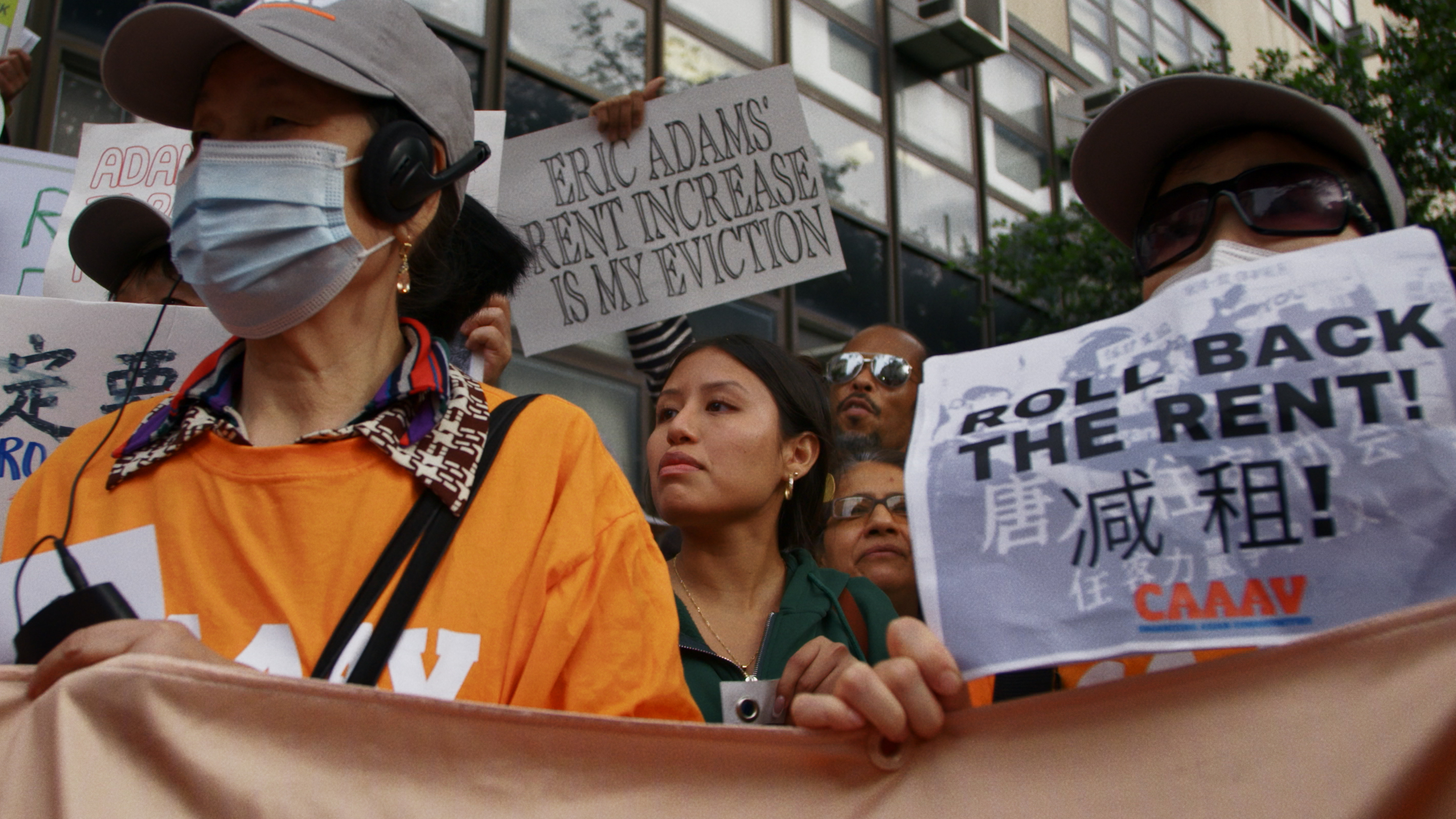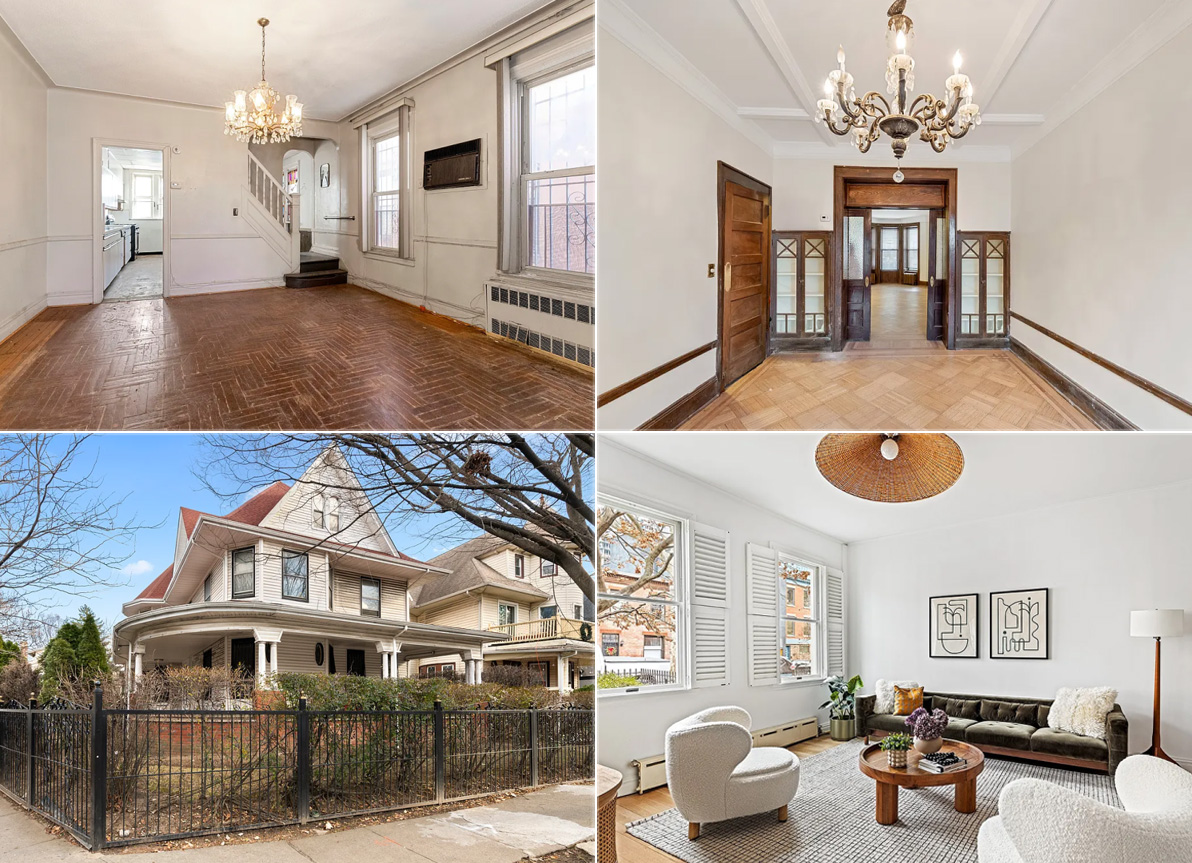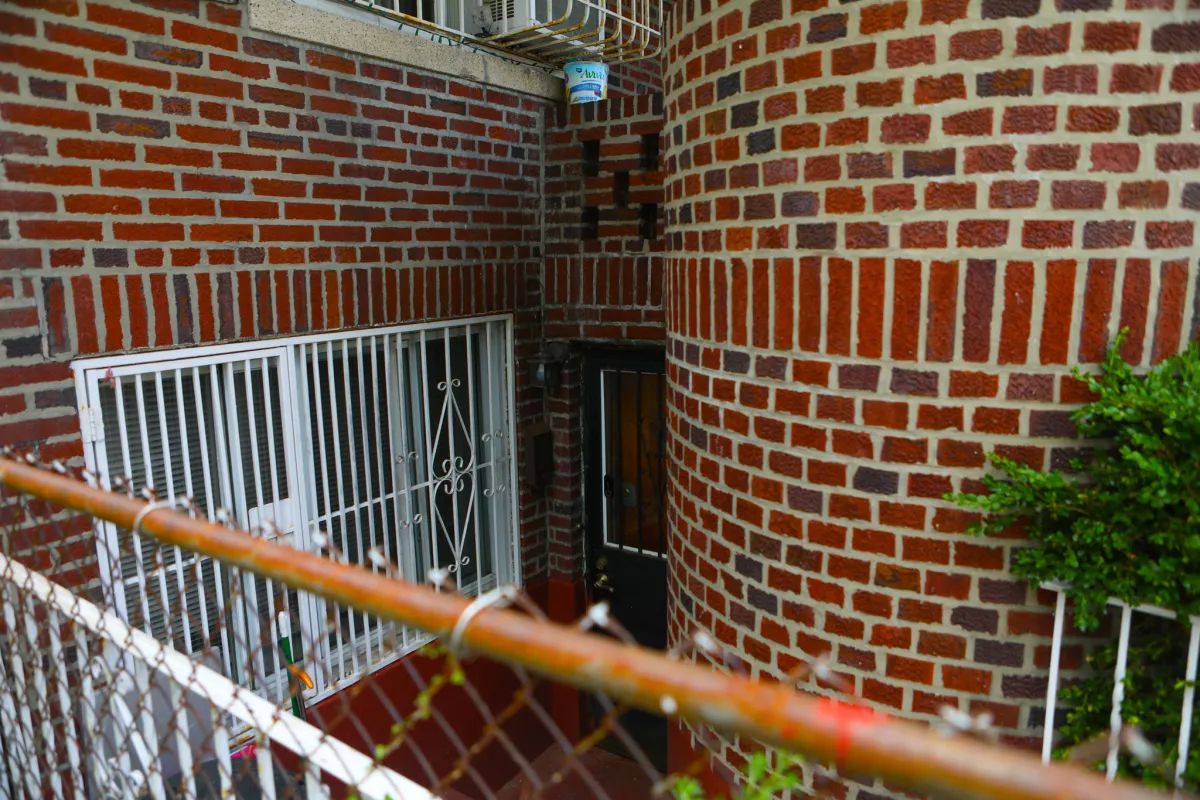Is the Times Sugarcoating Local Sales Statistics?
Planet PLG has an axe to grind with the Times’ weekly Residential Sales Around the Region feature, which the blogger says is frequently a hotbed of misinformation that makes the local market appear far rosier than it actually is. His case in point is the sales info listed this Sunday for former Brownstoner House of…

Planet PLG has an axe to grind with the Times’ weekly Residential Sales Around the Region feature, which the blogger says is frequently a hotbed of misinformation that makes the local market appear far rosier than it actually is. His case in point is the sales info listed this Sunday for former Brownstoner House of the Day 60 De Koven Court:

The property, according to the Times, was listed at $1.35 million and had been on the market for 13 weeks, which would mean it went on the market sometime in late April (the actual closing date is listed as being July 20) and sold for about 94% of asking. Both of these pieces of information are wrong. For one thing, by the time it sold, the house was actually listed at $1.310 million, as the website of Mary Kay Gallagher, the property’s broker, shows. What’s more, that 13 weeks on the market is off…by about 200 percent, as a quick perusal of the Times’s own archives will show you: the paper featured that exact same house in its “On the Market” feature on November 12 (which, for those keeping score, is approximately 38 weeks ago) for $1.6 million (which, for those of you still keeping track, means it only sold for about 80 percent of its initial asking price).
The post also notes that Brownstoner readers pretty much nailed the property’s value at $1.3 million half a year earlier. As regular readers will know, this is hardly the first time that the Times sales reports have been misleading. As we recall, the rationalization is that the Times only counts the time on the market from the most recent price adjustment. Is there a vast conspiracy afoot at the ol’ Gray Lady to make brokers look good?
The Times Ignores its Own Clips in Favor of Cheerleading [Planet PLG]
Residential Sales Around the Region [NY Times]
HOTD: The Common Courtesy of a Wrap-Around [Brownstoner]





This is the standard way of judging exposure time for appraisals as governed by USPAP standards. As another poster mentioned, who cares if it was on the market at a ridiculous asking price for years, that doesn’t tell you anything about the significance of the final transaction in the marketplace.
Exposure time is by definition the amount of time it will take for a relatively illiquid asset like real estate to sell at market value, not the sellers desired value. In this case, market value is best inferred as the final closing price.
brower park…thx for the update, i didn’t know that. and just so you can move on w/ your life,,,i’m over it…yes i commented on it before but nobody freakin’ answered me..thus i asked again.
now you answered and per your instructions i will quickly get over it…how lovely.
Guest at 10:53, where were you a couple of weeks ago when Brownstoner announced he was hiring Gabby as a staff writer? She is an editorial “we”, in this case, not just another poster. You’ve commented on this before. Please get over it.
Right – I think the critics are way off. The time frame is listing to closing but to contract. Once ‘in contract’ it is not on the market. Really of little interest to readers how long it took someone to close – mortgage problems, very slow lawyers, whatever.
Have somewhat a point on listing price. Could also include orig. asking to be a bit more honest. And most if not all info comes directly from brokers.
And, yes, NYTImes (along with other newspapers) real estate section is slanted -not real news reporting. Meant to satisfy advertisers. (besides extremely uppermiddleclass and over-the-top Manhattan-centric).
this new brownstoner set-up is confusing me…if readers are allowed to now post (like i assume this “gabby” does), why does gabby write her post as “we”..is she one and the same as brownstoner?
Time to Sale = Current For Sale Price Date – Contract Sign Date
– Not the first day on the market to the closing date
Sale Price Percentage = Current For Sale Price/ Sold Price
– Not the original For Sale price/ Sold Price
Methodology: Complete Assumption
I believe that this is the same way that Miller Samuel tracks sales for all of their market reports so it’s not just the times. This is the standard way of tracking sales.
The initial asking price really doesn’t mean anything as the seller/broker was just reaching for the stars. They could have put it on the market for $5M and left it there for 2 years, what that really says is that they weren’t ready to sell at what the market would pay. Once they brought the price down to a level which allowed it to receive reasonable offers it sold.
To know whether the market is hot or cold one would need to compare this listing to others that sold previously. If similar homes were flying off the market within weeks after being listed at $1.6M then you could say the market is cold since this one languished and did not sell near that price.
On the other hand, if similar homes have not previously sold above $1.2M then I’d say the market is hot as this one would have sold for a premium to the previous sales and done so in a relatively short amount of time once priced properly.
I work for the Times, in another section. Of course there’s no “conspiracy.” That feature is just a snapshot…and if you read it regularly you’ll note that plenty of homes are listed as being on the market for a pretty long time…
As for “cheerleading” local real estate…give me a break. If you rely on a general-interest newspaper for your real estate market data (and, in the case of of Planet PLG and myriad other bloggers, for your self-worth), you need to, as we say in the business, “triangulate your sources…”
I agree with the above poster. More like sloppy reporting. You’d have to take a random sample of properties to get an idea of it’s a recurrent problem, and then, I’m not so sure how’d you determine it was intentional.
That house was way overpriced initially. Still sold for (slightly) higher than I expected. Paying that kind of money for antiquated bathrooms and kitchens in this neighborhood always surprised me, but since so few properties come on the market, beggers can’t be choosers, I guess.